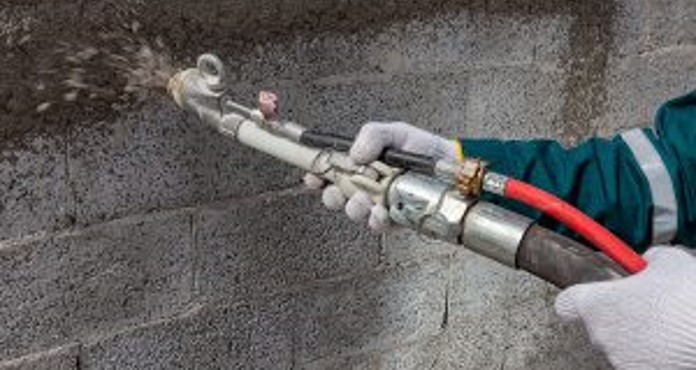Tips To Keep Your Machine For Plastering In Excellent Condition
Plastering is a craft that demands precision and skill but heavily relies on the tools you use. One of the most crucial tools in a plasterer’s arsenal is the machine they can use for plastering. These machines are designed to mix and apply plaster quickly and efficiently, making the job easier and more consistent. However, like any piece of equipment, plastering machines require proper care and maintenance to perform at their best. In this article, we’ll discuss some valuable tips to keep your plastering machine in excellent condition.
Regular Cleaning
Cleaning your plastering machine should be a routine task after each use. Plaster is notorious for hardening rapidly; any residue left in the machine can lead to blockages and decreased performance. After you’ve finished your plastering job, dismantle the machine as per the manufacturer’s instructions and clean all parts thoroughly. Use a brush, water, and mild detergent to remove plaster residue, and pay close attention to areas prone to clogs, such as the hoses and mixing components. A clean machine is less likely to develop problems and will perform optimally.
Lubrication
Proper lubrication is essential to keep your plastering machine running smoothly. Regularly inspect moving parts and ensure they are adequately lubricated with the right type of oil or grease recommended by the manufacturer. Lubrication not only reduces friction and wear but also prevents rust and corrosion, extending the lifespan of your machine.
Check For Wear & Tear
Perform routine inspections to identify any signs of wear and tear on your plastering machine. Look for cracks, loose screws, or any damaged components. You want to address any issues immediately to prevent them from worsening and causing more significant problems down the line. Regular maintenance and prompt repairs will save you time and money in the long run.
Use Quality Plaster Mix
The quality of the plaster mix you use can greatly affect your machine’s performance and longevity. Always use high-quality plaster mixtures that are suitable for your machine’s specifications. Using subpar plaster mix can result in uneven spraying, clogs, and increased wear and tear on your machine. Additionally, low-quality plaster may contain impurities that can damage the machine’s internal components over time.
Store Properly
When your plastering machine is not in use, store it in a clean and dry environment. Cover it with a protective sheet to shield it from dust and moisture. Storing your machine properly will prevent rust and other forms of damage. If you plan to store it for an extended period, consider disassembling the machine and storing the components separately to ensure their longevity.
Follow The Manufacturer’s Guidelines
Each plastering machine has a user manual with specific maintenance instructions and recommended schedules. Always adhere to the manufacturer’s guidelines for maintenance and servicing. Following these instructions ensures your machine receives the care it needs to stay in excellent condition.
Training Y Skill Development
A skilled operator can significantly impact the lifespan of a plastering machine. Invest in training and skill development for yourself and your team to ensure that the device is used correctly and efficiently. It includes understanding the correct settings, techniques, and troubleshooting procedures. An operator who knows the machine inside out will likely spot issues early and prevent unnecessary wear and tear.


Comments are closed.